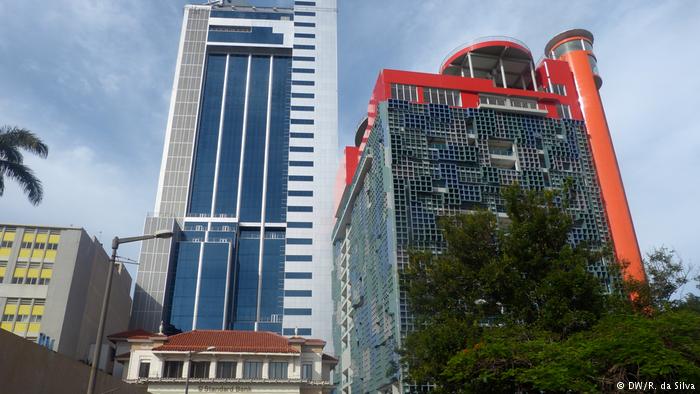The
Monetary Policy Committee of the Bank of Mozambique on Wednesday announced a
cut in the bank’s key interest rates by 50 base points with immediate effect. Thus
the Interbank Money Market Rate (MIMO), used by the central bank for its
interventions on the interbank money market to regulate liquidity, falls from
13.25 to 12.75 per cent. The Standing Lending Facility (the interest rate paid
by the commercial banks to the central bank for money borrowed on the Interbank
Money Market) falls from 16.25 to 15.75 per cent, while the Standing Deposit
Facility (the rate paid by the central bank to the commercial banks on money
they deposit with it) falls from 10.25 to 9.75 per cent. The compulsory
reserves coefficient, the amount of money that the commercial banks must
deposit with the Bank of Mozambique, remains unchanged, at 36 per cent for
foreign currency, and 14 per cent for local currency.
 The
statement from the Monetary Policy Committee said reducing interest rates “is
justified by the continual improvement in medium term inflation prospects”.
The
statement from the Monetary Policy Committee said reducing interest rates “is
justified by the continual improvement in medium term inflation prospects”.
The
latest inflation figures, published last week by the National Statistics
Institute (INE), show that for the last three months average prices have
fallen. For the first seven months of the year, inflation was just 1.07 per
cent. For the previous year (1 August 2018 to 31 July 2019) inflation was 2.16
per cent. Thus the target of restricting inflation this year to less than 10
per cent will certainly be reached, and if current trends continue, it could
well be less than five per cent.
The
central bank believed prospects had become brighter with last week’s signing of
a peace agreement between the government and the former rebel movement Renamo,
and the start of the demobilisation and disarming of Renamo.
Nonetheless,
uncertainties still persisted “which justify the conservative stance of
monetary policy”.
The
committee statement projected “low and stable inflation for the short and
medium term”. Reduced pressure on the foreign exchange market was expected, and
international oil prices were falling – factors that should contribute to price
stability in Mozambique.
Mozambique’s
net international reserves remained at “comfortable levels, enough to support
six months of imports, excluding the transactions of the mega-projects”, the
Bank said. Since the last meeting of the Monetary Policy Committee in mid-June,
the reserves had risen by 111 million dollars to 3.244 billion dollars. But the
central bank was concerned that domestic public debt is continuing to grow,
thanks to such measures as the issuing of high-interest bearing treasury bonds
and bill. The latest issue of treasury bonds was for 3.787 billion meticais
(about 62 million dollars), pushing the total up to 134,478 billion meticais. The
main risks for the immediate future, the statement continues, included the
insurgency in parts of the northern province of Cabo Delgado, and the
sustainability of the public debt, given the need to finance the October
general elections. On the global stage, the central bank added, “there are
risks of a slowdown in world growth, reflecting sharpened trade and
geo-political tensions between the main economies, with a negative impact on
foreign trade flows, and on the volatility of commodity prices”.

0 comentários:
Post a Comment